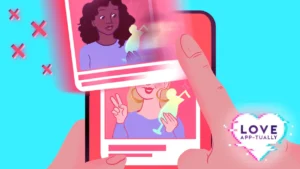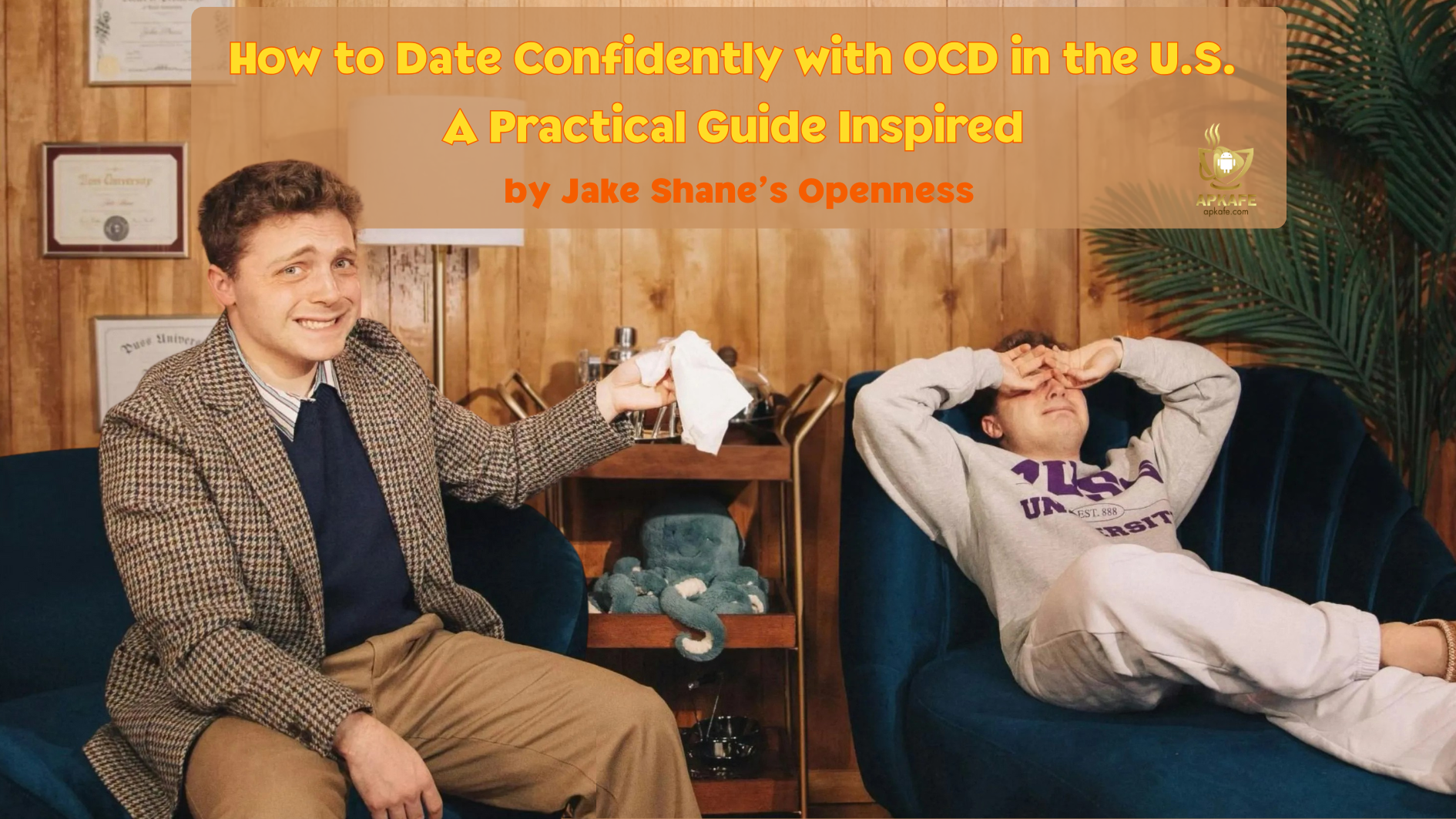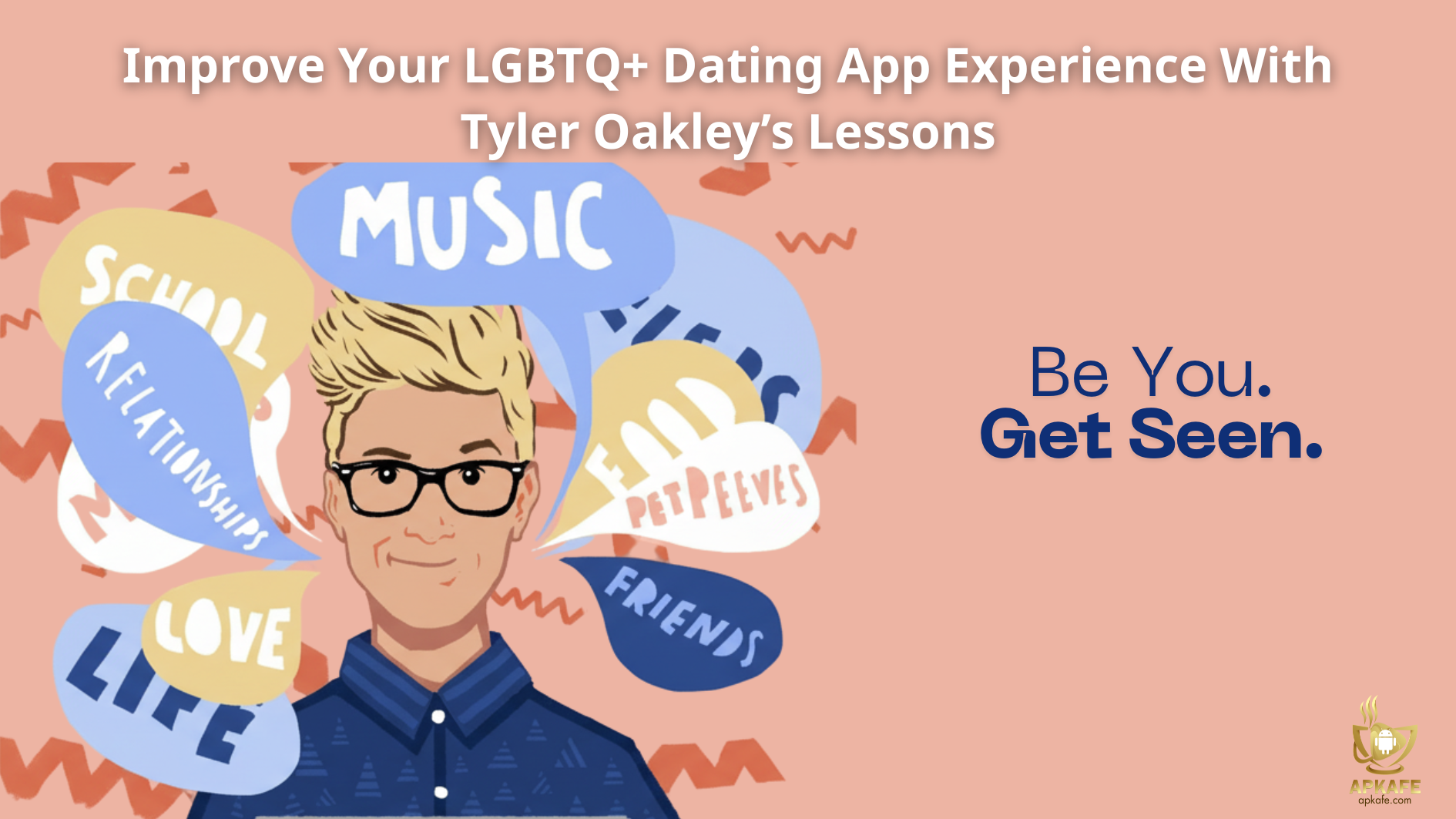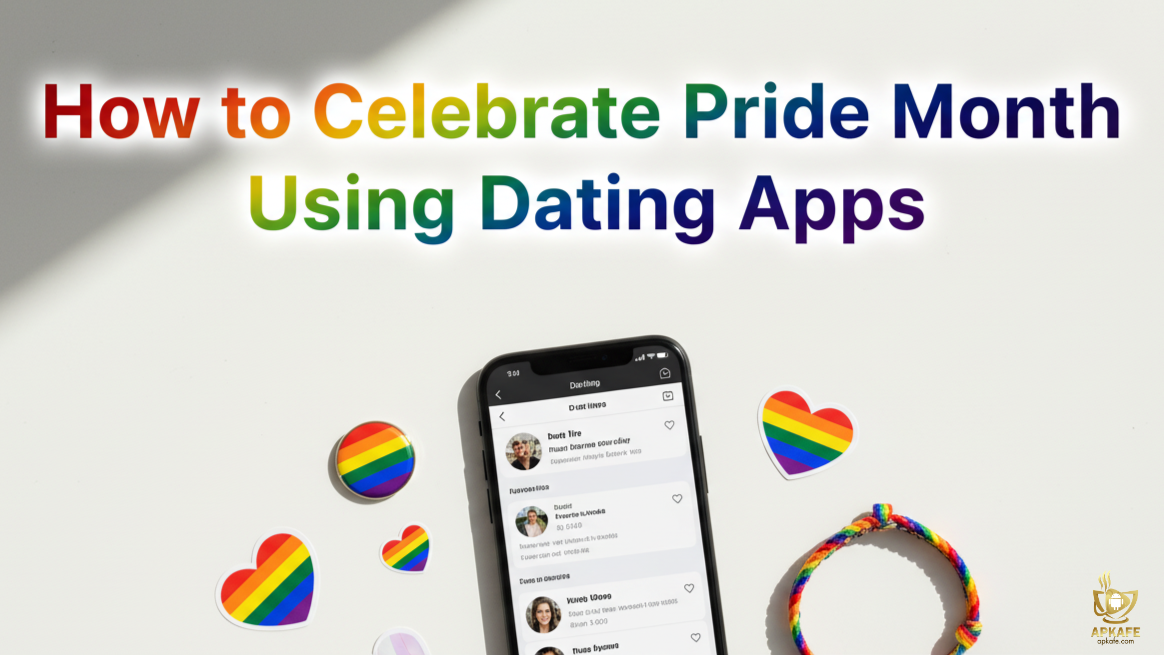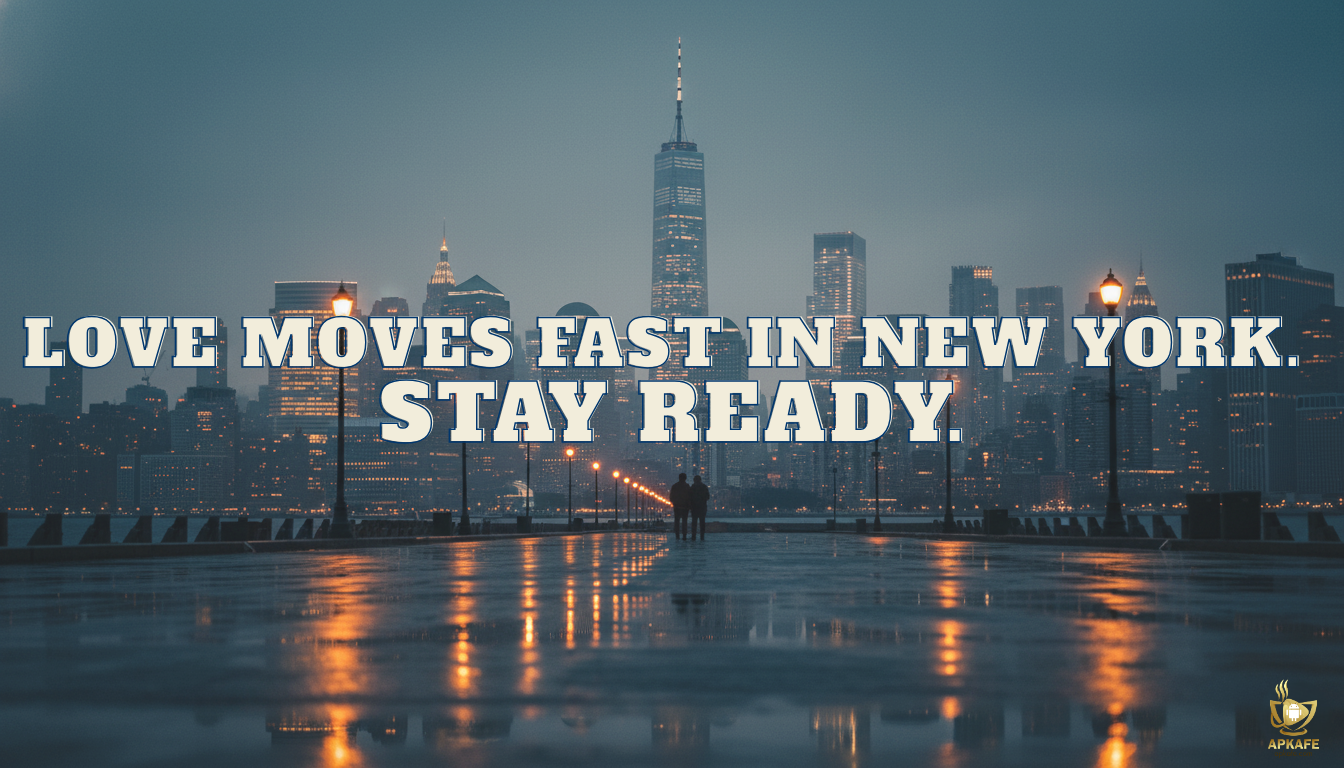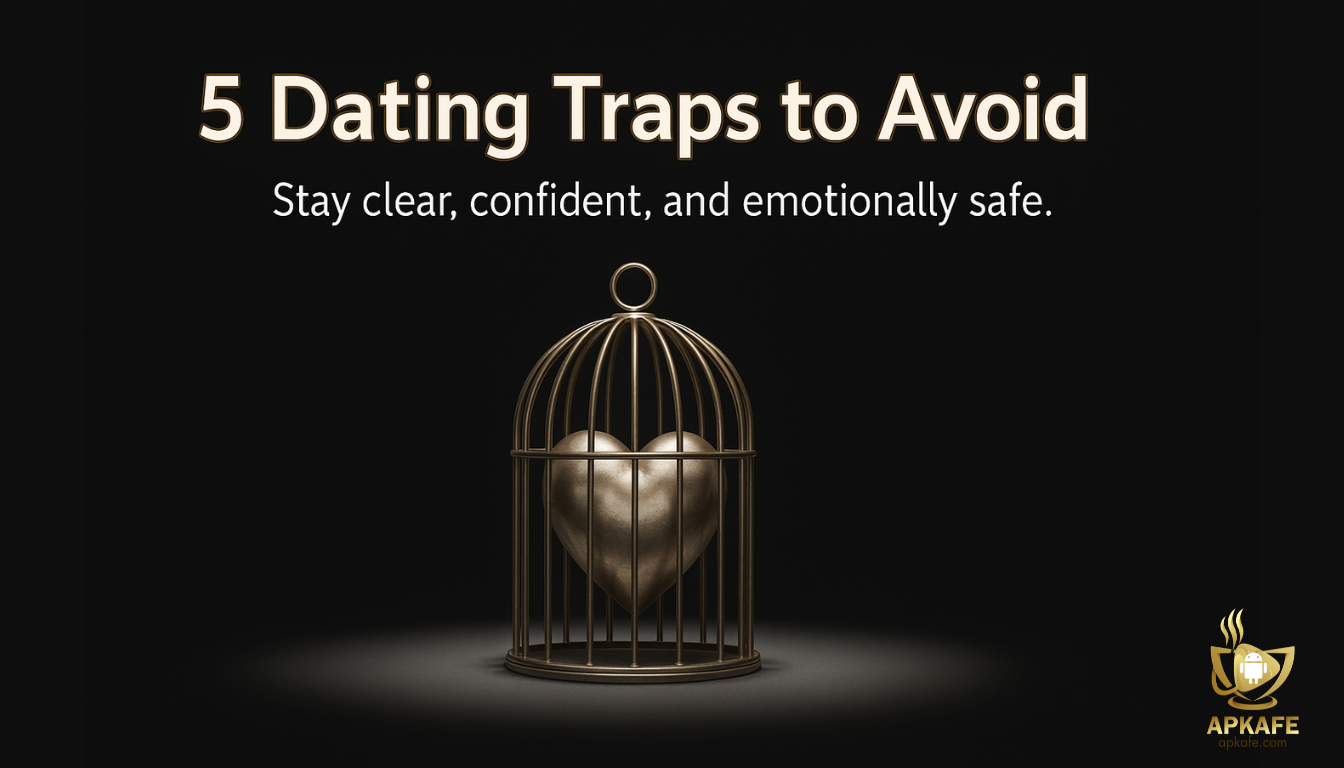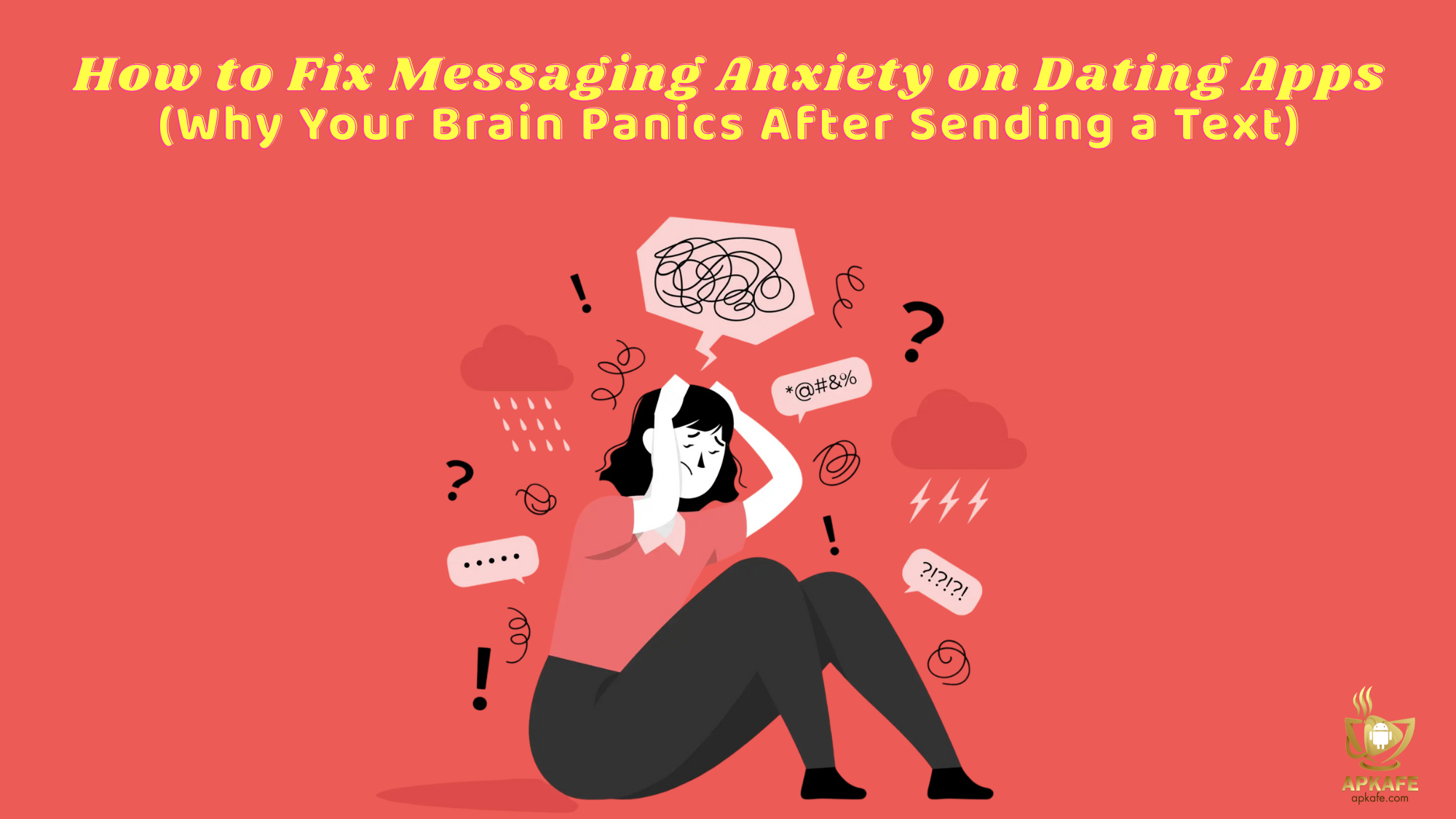How to Fix Messaging Anxiety on Dating Apps (Why Your Brain Panics After Sending a Text)
Messaging on dating apps should feel exciting — not stressful. But between slow replies, mixed signals, and the pressure to “sound right,” it’s easy to slip into overthinking. This guide breaks everything down in a simple, practical way so you can stay calm, communicate clearly, and enjoy the process of getting to know someone. Whether you’re using Tinder, Bumble, Hinge, HER, or Grindr, you’ll learn how to navigate conversations with confidence and protect your safety at the same time.
😰 You hit “Send”… and within seconds your chest tightens, your mind starts replaying every word, and you can’t shake the feeling that you might’ve just messed up something that had real potential.
🔍 But here’s the truth: that rush of panic isn’t a flaw or a sign you’re “overthinking too much” — it’s a natural brain response you can learn to calm once you understand what’s really happening underneath.
💡 And by the time you reach the end of this guide, you’ll know exactly why your brain spirals, how to break the overthinking cycle fast, and how to message on apps like Tinder, Bumble, Hinge, HER, and Grindr without losing your cool or your confidence.
👉 Stick with me all the way through — the final insight might completely change the way you message from now on.
Why Your Brain Panics After Sending a Text
Here’s where things start to click — once you understand what your brain is doing, the anxiety already loses half its power.”
✨ When you understand your brain’s patterns, you stop taking the silence personally — and that’s where confidence begins.
Messaging anxiety is incredibly common. In fact, a 2023 U.S. mobile behavior survey found that 72% of dating-app users experience anxiety after sending a message, especially when they’re excited about someone.
Think of a moment from your own experience:
You send a playful Tinder opener. You smile at your screen. Then the silence hits.
Five minutes feel like an hour.
You re-read your message three times.
You wonder if they misunderstood, if you sounded awkward, or if you should’ve used a different emoji.
Your brain isn’t trying to torture you — it’s trying to protect you.
Fight-or-Flight Meets Digital Uncertainty
The human brain is wired to respond to uncertainty as if it’s a potential danger. And nothing is more uncertain than someone leaving your message on “Delivered.”
Maybe you’ve had that feeling on Bumble: you send a thoughtful opener, the little bee animation shows your match is online… and then it stops. No reply. Your brain goes straight to, “They’re not interested,” even though they might just be in class, at work, or in a Starbucks line.
The lack of information creates emotional static — and your brain fills in the blanks with fear.
Rejection Sensitivity in App-Based Dating
Dating apps move fast. Match one minute, silence the next. That pace can trigger rejection sensitivity even if nothing is wrong.
A real example:
A woman in Chicago said her heart dropped when her Hinge match ignored her for hours… only to discover he was helping his sister move apartments and didn’t check his phone all day.
Not every slow reply is a signal. Sometimes life just interrupts.
Cognitive Distortions: Mind Reading & Catastrophizing
Have you ever thought things like:
- “I sounded weird.”
- “I think I came off desperate.”
- “They definitely lost interest.”
These are cognitive distortions — fast, automatic thoughts your brain generates when it doesn’t know what’s happening.
Here’s a simple question to check yourself:
If a friend sent the exact same message, would you judge them as harshly as you judge yourself?
Most people answer no.
That tells you everything.
But the real shift comes in the next section — keep going.
Step-by-Step: How to Fix Messaging Anxiety Fast
Here’s where things start to click — once you follow this process, the spiral becomes way easier to stop.
✨ You don’t have to wait for the anxiety to pass — you can guide your brain out of it.
Below is a simple process you can use anytime anxiety hits after sending a text. Try these steps in order and notice how your body responds.
1. Name the Sensation (Stop the Spiral Early)
The moment you label what’s happening — “This is anxiety, not danger” — you interrupt the panic loop.
Try a quick 10-second reset:
- Feel your feet on the ground
- Notice one sound in the room
- Relax your shoulders
A guy from New York said he cut his anxiety intensity in half simply by saying out loud, “I’m having a reaction — it’s not true.”
2. Reframe the Message (Shift Out of Catastrophe Mode)
Your brain tends to jump to the worst explanation first. But reframing helps bring you back to reality.
Example:
Fear thought: “I sounded too eager.”
Balanced thought: “Showing interest is normal. They can decide how they feel.”
Sometimes your anxiety is reacting to an old pattern, not the person you’re texting.
3. Set a Check Window (Break the Refresh Habit)
Compulsively refreshing Tinder, Bumble, or Hinge only strengthens anxiety.
Try setting a 20–30 minute “no-check window.”
Your nervous system gets a break, and you reclaim your time.
Ask yourself:
Would I want someone glued to their phone waiting for me?
If the answer is no, then you deserve the same grace.
4. Use Grounding Techniques (Soothe the Body First)
Your body calms faster than your thoughts.
Try holding something cold — a soda can, ice pack, or stainless steel bottle.
Or take a slow inhale for 4 seconds, hold for 2, exhale for 6.
Grounding gets you out of fear mode quickly.
5. Follow a Safe Messaging Boundary Checklist
Clear boundaries reduce emotional pressure.
Use this simple early-stage checklist:
🟢 Don’t share your exact neighborhood
🟢 Avoid giving your workplace or schedule
🟢 Keep last names private
🟢 Stay inside the app until trust builds
🟢 Use verification features
🟢 Share lightly, not deeply, early on
If something feels too vulnerable, it probably is.
6. Practice Low-Stakes Reps (Confidence Through Exposure)
Texting is a skill — and like any skill, repetition builds comfort.
Try sending one low-pressure message daily.
Even something simple like “What’s your go-to comfort food?” counts.
A San Diego user said her messaging anxiety dropped 40% in 10 days just by practicing “low-stakes reps.”
But the real shift comes in the next section — keep going.”
How to Message on Tinder, Bumble, Hinge, HER & Grindr Without Anxiety
Here’s where things start to click — every app has its own rhythm, and once you know it, messaging feels way less personal.
✨ Every app has its own rhythm — once you understand it, you stop taking the timing personally.
Knowing the pacing of each platform helps you match your expectations to reality instead of anxiety.
Tinder — Fast, Fun, and Light
Tinder replies are often quick and casual. Messages may come in waves rather than steady conversations.
If someone disappears for a few hours, it’s usually just life happening — not a red flag.
If you want help crafting better openers, try reading tips in How to Start a Conversation on a Dating App.
Bumble — Women Message First
Because women initiate, there’s extra pressure on the first message. But simple is better than perfect.
Great openers include:
- “This made me think of you…”
- “I need a tie-breaker — pancakes or waffles?”
Most people prefer playful authenticity over formality.
Hinge — Slow, Intentional, Thoughtful
Hinge is built for depth. Prompts do half the work for you.
A warm, sincere comment will always beat a clever one.
If your goal is something more meaningful, you might also like the recommendations in Dating Apps for Serious Relationships.
HER — Warm, Queer, Community-Driven
HER tends to be slower-paced and more conversation-driven. A day of silence doesn’t mean lack of interest — many users take weekend breaks or message thoughtfully rather than instantly.
Grindr — Real-Time & Direct
Grindr moves quickly. But fast messaging doesn’t mean you owe fast replies.
Set boundaries early.
Your safety always matters more than speed.
But the real shift comes in the next section — keep going.
Pitfalls That Quietly Make Messaging Anxiety Worse
Here’s where things start to click — sometimes the habits we don’t notice are the ones that fuel the panic.
✨ Sometimes the small habits we don’t notice are the ones keeping us stuck.
Awareness is your best tool here.
Oversharing Personal Details
Talking too deeply too fast feels connected in the moment — but often increases anxiety later.
A simple rule:
If you wouldn’t share it with a new coworker, don’t send it to a new match.
Apology-Spamming
“Sorry for the long message!”
“Sorry if that sounded weird…”
Frequent apologies weaken the confident energy you’re trying to build.
Try this upgrade:
“Let me know what you think!”
Double-Texting Loops
Double-texting from anxiety creates pressure on both sides.
Give things room to breathe.
If you worry too much about matching or pacing, check Best Dating Apps to find platforms that fit your communication style better.
Screenshot Seeking
Sending screenshots to friends for validation can make your anxiety worse.
Use a “one-trusted-friend rule” — or none.
But the real shift comes in the next section — keep going.
Safety & Privacy Checklist for Messaging on Dating Apps
Here’s where things start to click — the safer you feel, the calmer your conversations become.
✨ When you feel safe, you message with clarity and confidence — not fear.
Staying safe while chatting on dating apps isn’t about being paranoid; it’s about protecting your comfort, your boundaries, and your peace of mind. Below is a practical, easy-to-use checklist to keep your conversations secure from the very first message.
1. Keep Personal Details Light in the Beginning
Share only what feels comfortable for a new connection.
Avoid giving out:
- your exact neighborhood or address
- your workplace or daily schedule
- your last name
- personal email
- private social accounts
Early conversations should feel curious and light — not like an interview.
2. Stay Inside the App Until Trust Is Built
Most dating apps include safety features like reporting, blocking, and in-app verification.
These tools disappear the moment you move to texting, Instagram, or WhatsApp too quickly.
Keep the conversation inside the app until you genuinely feel comfortable.
3. Verify Before You Share Anything Sensitive
Scams, impersonation, and fake profiles still happen.
Before sharing anything personal, look for:
- verified badges
- consistent photos
- real-time selfies
- short video call if you feel ready
Verification isn’t awkward — it’s smart dating.
4. Protect Your Location Privacy
Don’t mention the apartment complex, gym, or coffee shop you frequent.
If you meet in person, choose a public place and avoid having someone pick you up.
Your real-world routine should stay private until trust is earned.
5. Watch for Pressure, Urgency, or Invasive Questions
If someone:
- pushes to move platforms
- demands your number
- asks personal or financial questions
- gets upset when you set boundaries
…these are red flags.
Someone who respects you will never rush your comfort.
6. Avoid Sending Photos That Reveal Too Much
Even innocent photos may reveal details like your street, workplace badge, or license plate.
Double-check backgrounds before sending pictures.
Your environment tells more than you think.
7. Trust the Gut Feeling You Might Be Ignoring
If something feels “off,” even slightly — slow down or step back.
Your intuition is a built-in safety tool.
It’s better to lose a match than to ignore a boundary your body is telling you to keep.
8. Have a “Safe Exit” Message Ready
If a chat becomes uncomfortable, use a simple line like:
- “I’m not feeling this conversation — take care.”
- “I prefer to keep things light for now.”
Then unmatch or block if needed, no guilt attached.
Protecting your peace is never rude.
9. Before Meeting: Share Plans with a Friend
Send someone you trust:
- the person’s profile
- where you’re meeting
- the time
- a check-in message plan
Set a quick “I’m home safe” text for after the date.
10. Remember: You Don’t Owe Anyone Access
You don’t owe a reply, a number, a social handle, a date, or any personal detail — even if the conversation was going well.
Respect goes both ways. If someone reacts poorly to boundaries, they are never a good match.
For a deeper checklist, see Safety Dating Checklist
But the real shift comes in the next section — keep going.
When Messaging Anxiety Signals Something Deeper
Here’s where things start to click — understanding the deeper triggers changes how you show up everywhere, not just in dating apps.
✨ Understanding yourself is the most powerful dating advantage you’ll ever have.
Messaging anxiety sometimes reflects more than the moment.
Maybe it’s tied to:
- old rejection memories
- fear of disappointing others
- a people-pleasing pattern
- general anxiety
Ask yourself gently:
Is this about the person… or about something I’ve been carrying for a long time?
Awareness isn’t the end — it’s the beginning of emotional clarity.
And the final insight in the conclusion ties everything together — keep going.
Conclusion — Your “Reward” Insight
Here’s where things start to click — everything you’ve learned comes together here.
You’ve explored why messaging anxiety happens, how to calm your body and mind, how to navigate different app dynamics, and how to protect your safety while staying open to connection. And here’s the insight worth carrying forward:
⭐ Silence isn’t rejection — it’s simply information you don’t have yet.
Real confidence comes from staying grounded inside that uncertainty.
If you want to keep building stronger, calmer, more intentional dating habits, here are a few guides you’ll find genuinely helpful:
And one last question for you:
What part of messaging triggers your anxiety the most — the silence, the wait, or the fear of saying the wrong thing?
Your answer could shape the next guide and help thousands of other daters feel understood.
And this final insight can shift the way you message from now on.
User Reviews


